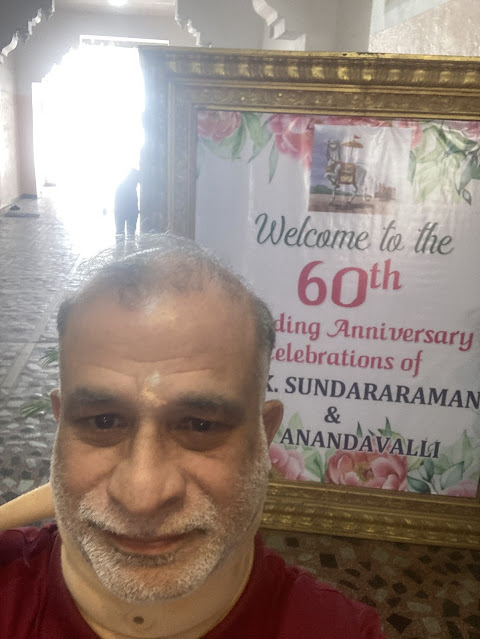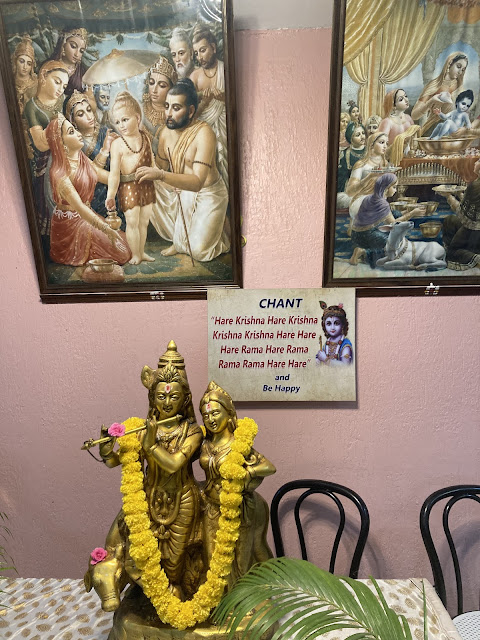#592
Context: I remembered Lucy Kellaway, the famous Financial Times Columnist. She left FT for a teaching job in 2017. Her column would make CEOs, leaders hang their head in Shame. Her replacement is yet to be found be it in USA or UK.
Fad:- fad. /fad/. noun -----> an intense and widely shared enthusiasm for something, especially one that is short-lived; a craze.
Lucy.
_____
The corporate world is rife with buzzwords. From Emotional Intelligence (EQ) to Diversity and Inclusion, organisations often latch onto concepts that sound logical, even transformative. These ideas promise better workplaces, higher employee satisfaction, and improved results. Yet, in most cases, they remain aspirational slogans rather than operational realities.
Why does this happen? Why do companies, despite their best intentions, fail to implement these seemingly simple ideas into actionable strategies? Let’s explore the reality of corporate fads and why they so often fail.
The Allure of Corporate Fads
Corporate fads are attractive because they resonate with common sense and appeal to universal values. Who wouldn’t want empathetic leaders, inclusive workplaces, or a healthy work-life balance? They are easy to communicate, look good in annual reports, and give employees hope for a better work culture.
However, most organisations struggle to move these ideas from theory to practice. The reality of profit-driven business often contradicts the ideals these fads represent. As a result, these concepts become nothing more than lip service, failing to bring the transformative change they promise.
Corporate Fads That Fail to Deliver
Here are some of the most popular corporate fads and how they often fall short in real-world implementation:
Emotional Intelligence (EQ): The Myth of Empathy
- The Promise: Leaders with high EQ are expected to foster trust, resolve conflicts, and build stronger teams.
- The Reality: Organisations invest in EQ workshops and personality assessments but rarely incorporate these into leadership evaluations. Leaders revert to hierarchical, task-oriented behaviours during high-pressure situations.
- Case Study: The collapse of Enron highlights what happens when leadership prioritises profits over empathy. Despite a highly talented workforce, the absence of EQ among leaders contributed to a toxic culture that ultimately led to the company’s downfall.
Active Listening: Words Without Action
- The Promise: Active listening ensures employees feel heard, creating an open environment for feedback and collaboration.
- The Reality: Managers often 'listen' as a formality, offering surface-level solutions while ignoring deeper systemic issues.
- Case Study: At Compaq, leadership failed to listen to market analysts and internal feedback on strategic missteps. This inability to take meaningful action on insights led to the company losing its competitive edge.
Diversity, Equity, and Inclusion (DEI): A Numbers Game
- The Promise: Diverse teams are more innovative and successful.
- The Reality: Companies focus on hiring quotas and visible representation but neglect to create an inclusive culture where diverse employees can thrive.
- Case Study: HP has long championed diversity publicly, but internal reports reveal challenges in retaining employees from underrepresented groups, who often feel unsupported and isolated.
Work-Life Balance: The Illusion of Flexibility
- The Promise: Flexible working hours and respect for personal time lead to happier, more productive employees.
- The Reality: Employees are implicitly expected to remain accessible 24/7, creating a disconnect between policy and practice.
- Case Study: The intense work culture at Lehman Brothers disregarded employee well-being, contributing to burnout and dysfunction that preceded its collapse.
Employee Wellness Programs: Treating Symptoms, Not Causes
- The Promise: Wellness initiatives such as gym memberships and mental health resources improve employee health and morale.
- The Reality: These programs often fail to address underlying stressors like toxic cultures, unreasonable workloads, or poor leadership.
- Example: Companies that offer meditation apps but demand excessive overtime send mixed signals to employees, undermining trust.
Purpose-Driven Organisations: Marketing Over Meaning
- The Promise: Businesses with a mission beyond profits engage employees and attract customers.
- The Reality: Most 'purpose statements' are vague, rarely influencing day-to-day operations. Employees quickly see through the dissonance, leading to cynicism.
- Example: Many organisations claim environmental stewardship while continuing harmful practices, revealing their 'greenwashing' tactics.
Why Do Corporate Fads Fail?
Despite their potential, these fads fail for predictable reasons:
Short-Term Focus:
- Companies prioritise quarterly results over long-term cultural changes. Initiatives that don’t directly impact the bottom line are sidelined.
Leadership Lip Service:
- Leaders endorse these concepts publicly but fail to lead by example. For instance, promoting work-life balance while working excessive hours sends a conflicting message.
Inadequate Resources and Metrics:
- Concepts like EQ or inclusion are difficult to quantify, making them less attractive to leadership focused on measurable KPIs.
Cultural Misalignment:
- Many of these ideas stem from Western management theories and don’t translate well across different cultural contexts. For example, hierarchical workplaces in India struggle to implement EQ and active listening effectively.
Tokenism and Box-Ticking:
- Initiatives are reduced to checkboxes—like running a diversity workshop or releasing an internal memo—without addressing systemic issues.
Learning from Failures
To truly implement these ideas, organisations must go beyond lip service and take deliberate, measurable steps:
Lead by Example:
- Leadership must model behaviours like active listening, empathy, and work-life balance to set a tone for the organisation.
Invest in Systemic Change:
- Address root causes like toxic leadership or unrealistic performance expectations instead of treating symptoms with wellness programs or team-building exercises.
Create Measurable Metrics:
- For DEI, move beyond hiring numbers to track employee satisfaction and retention. For EQ, include it as a component of leadership evaluations.
Adapt to Local Contexts:
- Customise these concepts to fit cultural and organisational realities rather than adopting one-size-fits-all approaches.
Focus on Long-Term Goals:
- Align these initiatives with the organisation's mission and tie them to long-term objectives, ensuring they are not abandoned during budget cuts.
Corporate Fads in India: All Talk, No Action.... (Imposter Syndrome!).
The story of corporate fads in India mirrors global trends but comes with its own unique set of challenges. Just like their international counterparts, Indian organisations enthusiastically adopt concepts like Emotional Intelligence, Diversity and Inclusion, and Work-Life Balance. These ideas dominate HR presentations, leadership retreats, and public relations campaigns. Yet, in practice, they often remain hollow promises. The gap between rhetoric and reality is even wider in India, where systemic issues such as weak governance, poor regulatory enforcement, and a disregard for norms exacerbate the problem.
Indian corporations frequently pay lip service to these fads while operating in environments that lack accountability. For example, the push for DEI in many companies often translates to surface-level hiring targets without creating inclusive workplaces. Women and employees from marginalised communities frequently encounter systemic barriers, including bias, harassment, and tokenism, that remain unaddressed. Similarly, the concept of Emotional Intelligence is promoted in leadership training sessions, but when faced with crises or profit pressures, many leaders revert to authoritarian behaviours.
Adding to this is an entrenched culture of cutting corners and ignoring regulations. From bypassing environmental compliance to undermining labour rights, the underlying corporate ethos often prioritises short-term gains over long-term sustainability. For example, wellness programs and employee engagement initiatives are commonly rolled out for optics but are the first to be scrapped during economic downturns. In India, where the legal and regulatory framework is inconsistently enforced, many companies exploit loopholes to avoid meaningful reform, treating these fads as mere eyewash.
This "all talk, no action" approach reflects a broader problem: a fundamental lack of respect for values and norms at the organisational level. Until Indian corporations develop a genuine commitment to transparency, accountability, and ethical practices, these fads will remain little more than PR exercises, disconnected from the realities of the workplace. The challenge in India is not just implementing these concepts but also instilling a cultural shift that values sincerity and integrity over expediency.
Final Thoughts
The failure of companies like Enron, Compaq, and Lehman Brothers, and the struggles of firms like HP today, highlight the perils of paying lip service to transformative concepts. Corporate fads promise a lot but deliver little when organisations prioritise profits over people.
True change requires commitment, consistency, and a willingness to address uncomfortable truths about organisational culture. Only then can these ideas move from catchy slogans to lived realities.
What corporate buzzwords have you seen fail in practice? Let’s discuss in the comments!
Karthik
25th Nov 24
10am.

































